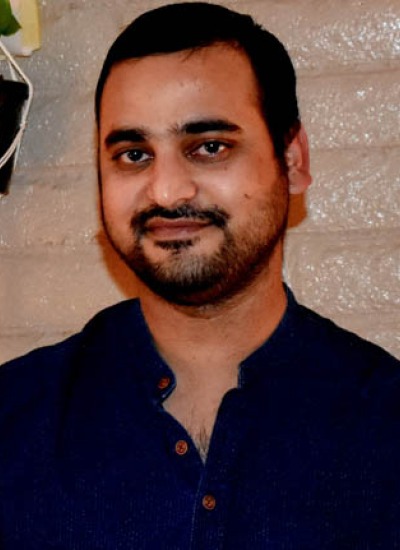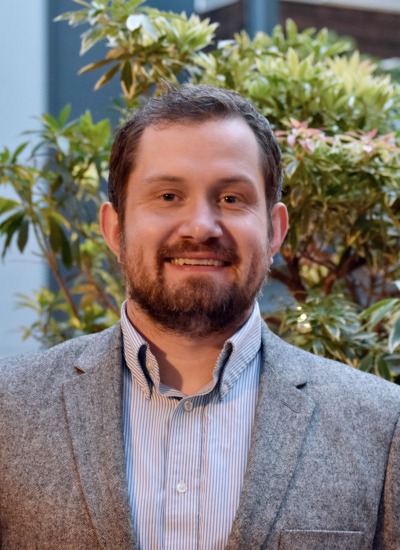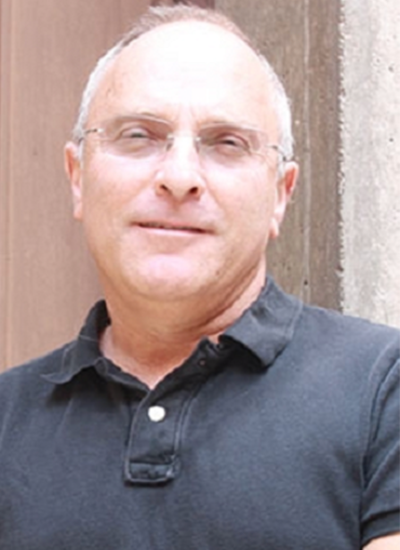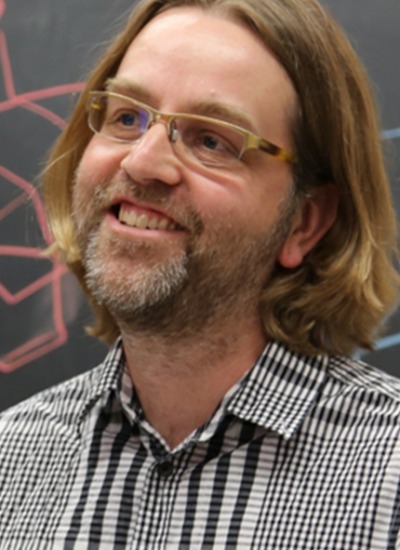Chemistry & Biochemistry
Assistant Professor, Chemistry and Biochemistry-Sci
Member of the Graduate Faculty
Primary Department
Department Affiliations
Most proteins need to attain a 3D structure to function properly. They are synthesized as unfolded chains and must fold into the right structure. Failure in this process can lead to protein misfolding diseases such as Alzheimer’s disease, Huntington's disease, Parkinson's disease, Creutzfeld-Jakob disease, or cystic Fibrosis. Chaperones play a crucial role in maintaining protein homeostasis, but the mechanism of how they work is not fully understood. In our group, we focus on Hsp60 and its obligate substrates, including Ab (the Alzheimer's peptide), malate dehydrogenase, and superoxide dismutase. Through the use of solution-state NMR, cryo-electron microscopy, and various other biochemical assays, we investigate the mechanism by which Hsp60 assists in protein folding and prevents the toxic aggregation of Ab.
Haining Zhu
Professor, Pharmacology and Toxicology
Professor, Chemistry and Biochemistry-Sci
Professor, Neuroscience - GIDP
Endowed Chair, R Ken and Donna Coit - Aging and Neurodegenerative Diseases
Member of the General Faculty
Member of the Graduate Faculty
Primary Department
Department Affiliations
Contact
(520) 626-2823
Work Summary
Dr. Zhu is an expert on molecular mechanisms underlying neurodegenerative diseases, particularly amyotrophic lateral sclerosis (ALS) and frontotemporal dementia (FTD). His recent focus is on RNA binding proteins and RNA metabolism in these diseases. With thorough understanding of pathways regulating protein-protein and protein-RNA interactions, protein degradation and aggregation, RNA metabolism and stress granules, he is also interested in developing novel therapeutics.
Research Interest
Nitesh Kumar Khandelwal
Postdoctoral Research Associate I
Research Associate
Primary Department
Department Affiliations
Contact
(520) 621-4646
Research Interest
Thomas M Tomasiak
Assistant Professor, Chemistry and Biochemistry
Assistant Professor, BIO5 Institute
Member of the General Faculty
Member of the Graduate Faculty
Primary Department
Department Affiliations
Contact
(520) 621-4646
Research Interest
Steven D Schwartz
Professor, Chemistry and Biochemistry-Sci
Professor, Applied Mathematics - GIDP
Regents Professor
Professor, BIO5 Institute
Primary Department
Department Affiliations
Contact
(520) 621-6363
Research Interest
Jacob C Schwartz
Associate Research Professor, Pharmacology
Assistant Professor, Chemistry and Biochemistry - Med
Assistant Professor, Chemistry and Biochemistry-Sci
Assistant Professor, Neuroscience - GIDP
Associate Professor, Cancer Biology - GIDP
Associate Professor, Neuroscience - GIDP
Assistant Professor, BIO5 Institute
Primary Department
Department Affiliations
Contact
(520) 621-0877
Research Interest
Jeffrey Pyun
Professor, Chemistry and Biochemistry-Sci
Professor, Optical Sciences
Professor, BIO5 Institute
Member of the General Faculty
Member of the Graduate Faculty
Primary Department
Department Affiliations
Contact
(520) 626-1834
Research Interest
Robin Polt
Professor, Chemistry and Biochemistry-Sci
Professor, Neuroscience - GIDP
Professor, Pharmacology and Toxicology
Professor, BIO5 Institute
Primary Department
Department Affiliations
Contact
(520) 370-2654
Research Interest
Jeanne E Pemberton
Professor, Chemistry and Biochemistry-Sci
Regents Professor
Professor, BIO5 Institute
Primary Department
Department Affiliations
Contact
(520) 621-8245
Research Interest
Jon T Njardarson
Professor, Chemistry and Biochemistry-Sci
Professor, BIO5 Institute
Primary Department
Department Affiliations
Contact
(520) 626-0754
Research Interest
Pagination
- Page 1
- Next page











